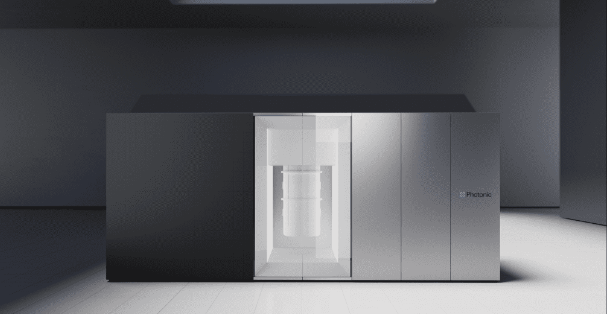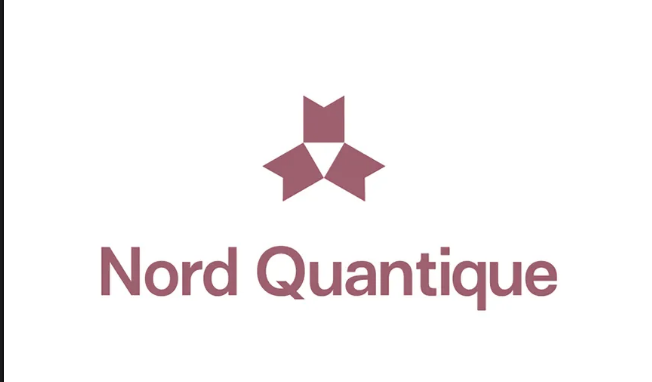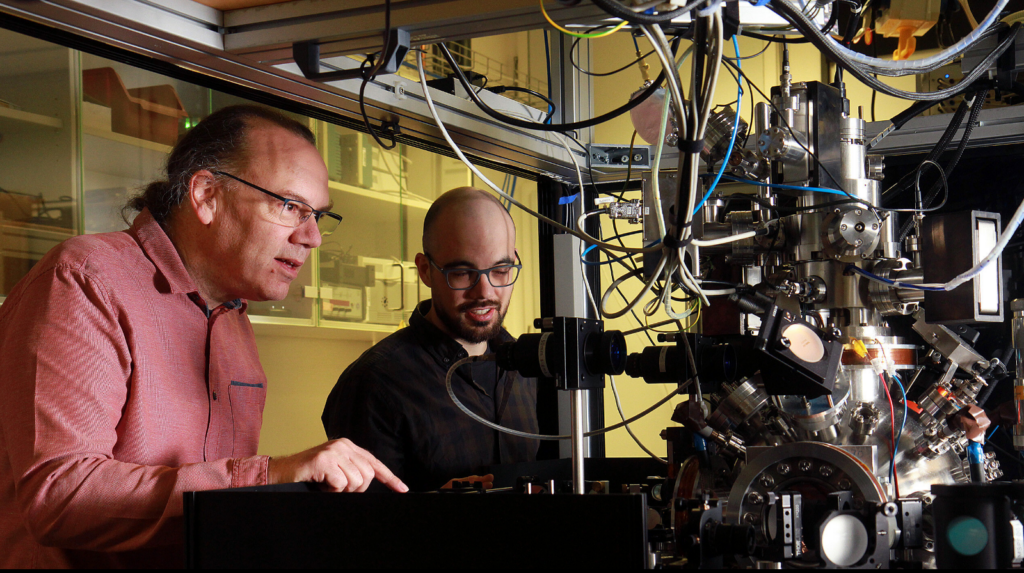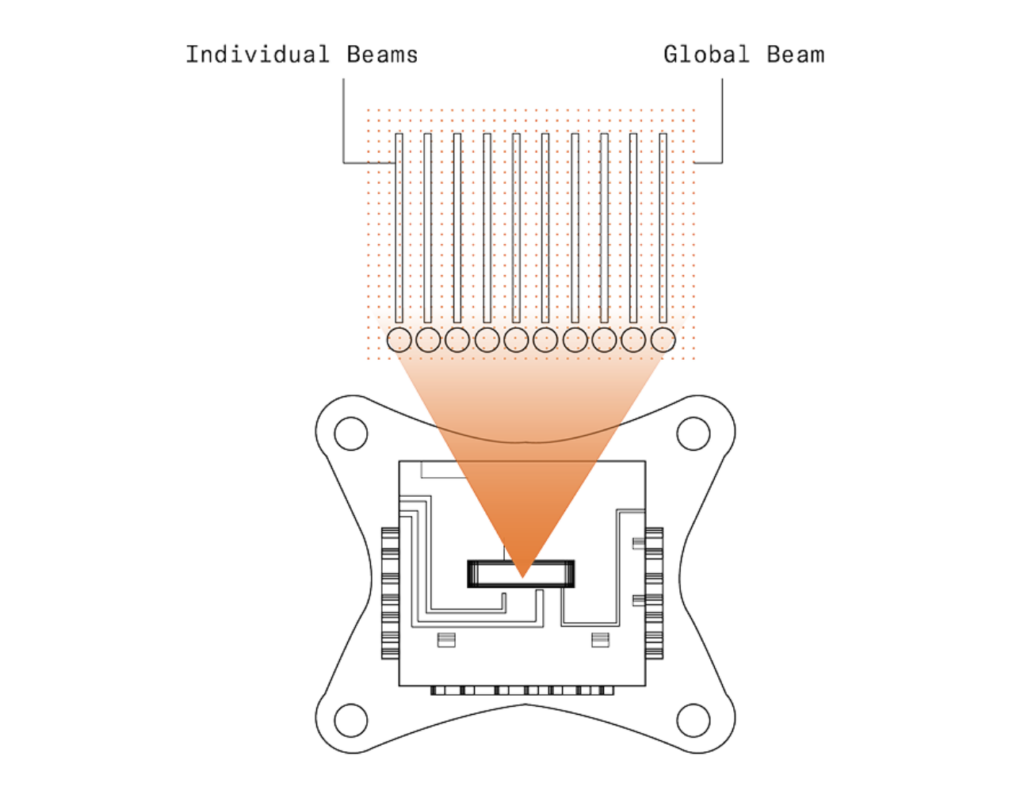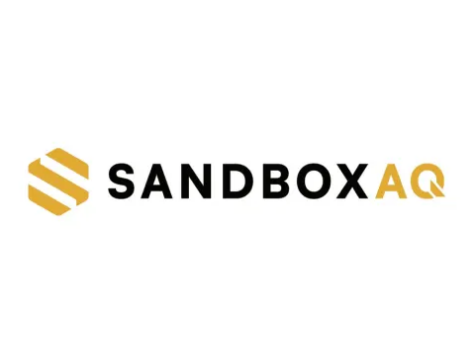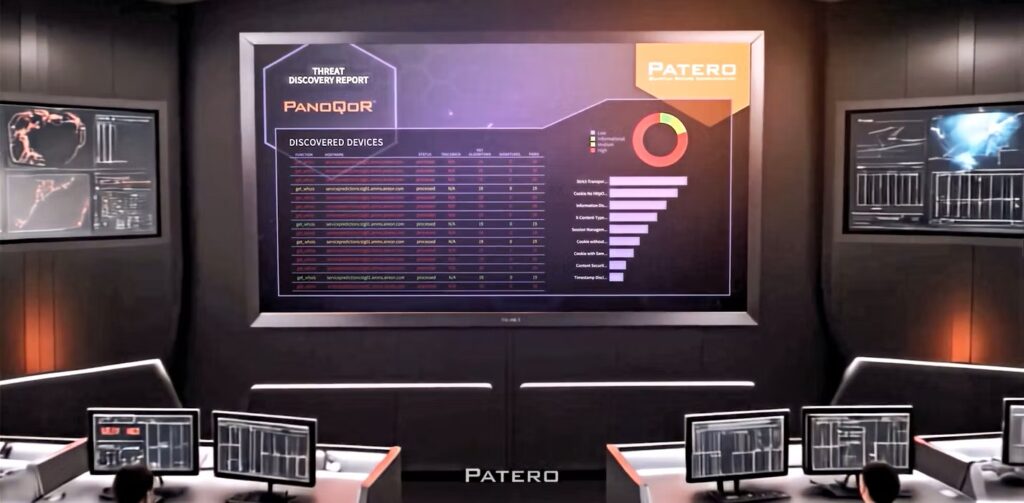Five Thousand
A quantum computer, a 5000-qubit model, is set to be installed at the Los Alamos National Laboratory (LANL) next year. Apart from the obvious tasks of financial modelling and the development of quantum algorithms, D-Wave Systems believes its latest model can offer solutions to some of the most intractable problems in today’s business world, including optimizing car design, quantum chemistry simulation and in the scheduling of air traffic control.
Founded as the first commercial company ‘to exploit quantum effects in their operation’ in 1999, D-Wave Systems has made inroads since those early days at the end of the twentieth century to become one of the most important companies in the industry.
Some companies in the space, however, see D-Wave System’s quantum computer — and the technology behind it, which relies on the quantum annealing approach — as one of the least effective for producing scalable quantum computers in the future.

‘This is the third time we will have upgraded our D-Wave system. Each upgrade has enabled new research into developing quantum algorithms and new tools in support of Los Alamos’ national security mission. Quantum computing is a critical area of research for Los Alamos.’
— Irene Qualters, LANL’s associate director for simulation and computation
Critics
Two of the most vocally opposed to quantum annealing, Google and IBM, both use superconducting electronic circuits for their quantum hardware architecture and see no future in what D-Wave Systems is doing. Google’s quantum computer — which incidentally last week had reportedly reached ‘quantum supremacy’ with their Sycamore model — pales in significance to D-Wave System’s computer at a paltry 54 qubits of computational power. Similarly, computer hardware giant IBM’s machine, one qubit less than Google’s (although Google is reported to have a fully operational 72-qubit quantum computer), has had similar results in recent times.
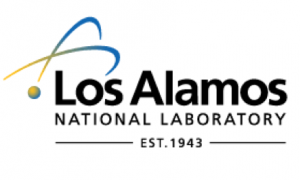
Experts and physicists who find fault with D-Wave System’s computer are convinced it is not the number of qubits in a system but the error correction rate that is important.
Despite its critics, D-Wave Systems sees quantum annealing as a viable option for the future development of quantum computing. Another advocate is LANL, which is already using a current model and with the purchase of D-Wave System’s newest machine, trusts the company to deliver on its promises.
In 2015, the LANL bought the D-Wave 2X™quantum computer, with over 1000 qubits of computational power. Later, the lab upgraded to the D-Wave 2000Q system, which it will now replace with D-Wave System’s newest offering.
And it is not only the LANL which is interested in using D-Wave System’s quantum computers: CogniFrame Inc., a Canadian financial services company, has also adopted them. According to the company’s website:
CogniFrame Financial Service OS is built on top of D-Wave’s cloud offering, solving often intractable and computationally intensive non-convex and stochastic optimization problems. Multiple financial use-cases have been identified including asset-liability management, collateral optimization and portfolio optimization under different regulatory regimes.
Nascent Industry
Whatever the outcome of the collaboration between D-Wave and the LANL, it just goes to show how well respected in the nascent industry the Canadian company is.
‘To summarise, D-Wave is, in fact, a quantum computer, but it operates on a very different set of principles to what other QCs operate. Due to the characteristics of the mathematical problem that D-Wave attempts to solve, it can only solve a subset of problems more efficiently than classical computers. It has not been shown by researchers that the underlying principle on which the D-Wave machine is based allows accelerated calculation by the operation of quantum mechanics in hardware. The implementation of the mathematics of quantum mechanics in a classical computer allows for simulated solutions that scale equally fast.’
— Niel Van Der Walt, Delft University of Technology
So, there it goes.
Whether it is D-Wave System’s quantum annealing approach to its QC hardware that will benefit the LANL and other buyers of its hardware, or companies like Google’s and IBM’s belief that their superconducting technology will win the day, there is one thing that won’t go away:
Quantum computers are here to stay.
So you better get used to their presence.











